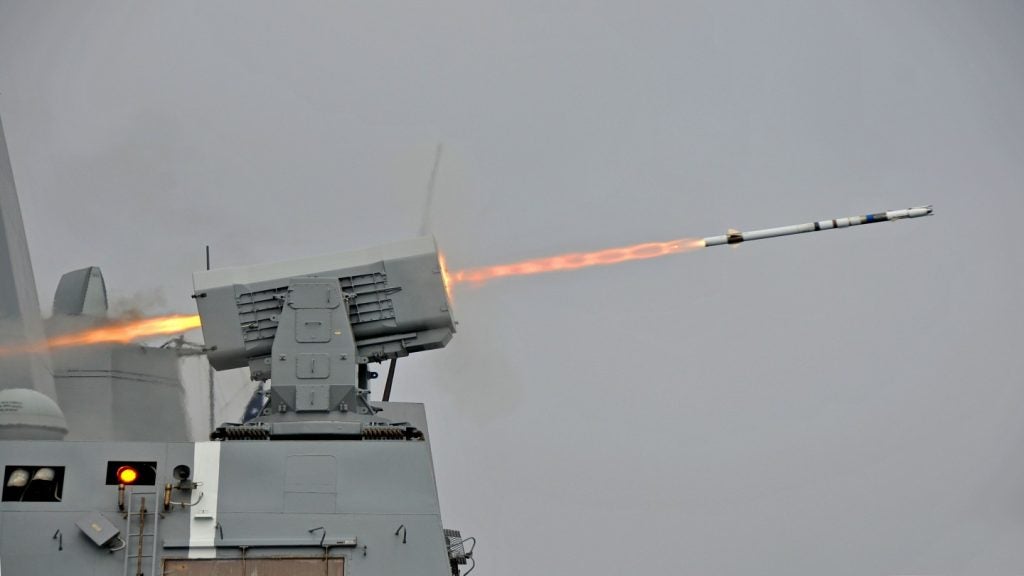Maritime personnel from the Asia Pacific and Indian Ocean regions have successfully completed the initial sea phase of the 23rd Kakadu maritime warfare exercise being conducted by the Royal Australian Navy (RAN) in Darwin.
As part of the exercise, being held between 25 August and 12 September, approximately eight vessels and 26 aircraft from the participating navies of Australia, Japan, Pakistan, New Zealand and the Philippines have been divided into two fleets for a fictitious battle over uncertain maritime territory.
Exercise director captain Heath Robertson said: "The ships need to deal with the three dimensional-threat: under the water, on the water and above the water.
"The training is providing regional navies with the opportunity to work together in a complex warfare environment so that together, we can ensure maritime security.
"We are learning how our regional partners work and what has become abundantly clear is that navy people share a lot in common."
Jets from the Royal Australian Air Force simulated an ‘attack’ threat and responded with simulated long and short-range missile deployments.
The exercise involved executing main gun and small-arms firing; battling pretend fires and floods; rehearsing man overboard drills; testing communications; and mastering vital ship manoeuvres.
Robertson added: "If we can do high-end warfare together, we can do anything."
All the warships will be back to sea on 7 September for the second sea phase of the war games.
The RAN assets participating in the exercise include HMA Ships Sydney, Stuart, Newcastle and Arunta, together with S-70-B2 Seahawk, AS350BA Squirrel and MRH-90 helicopters.









